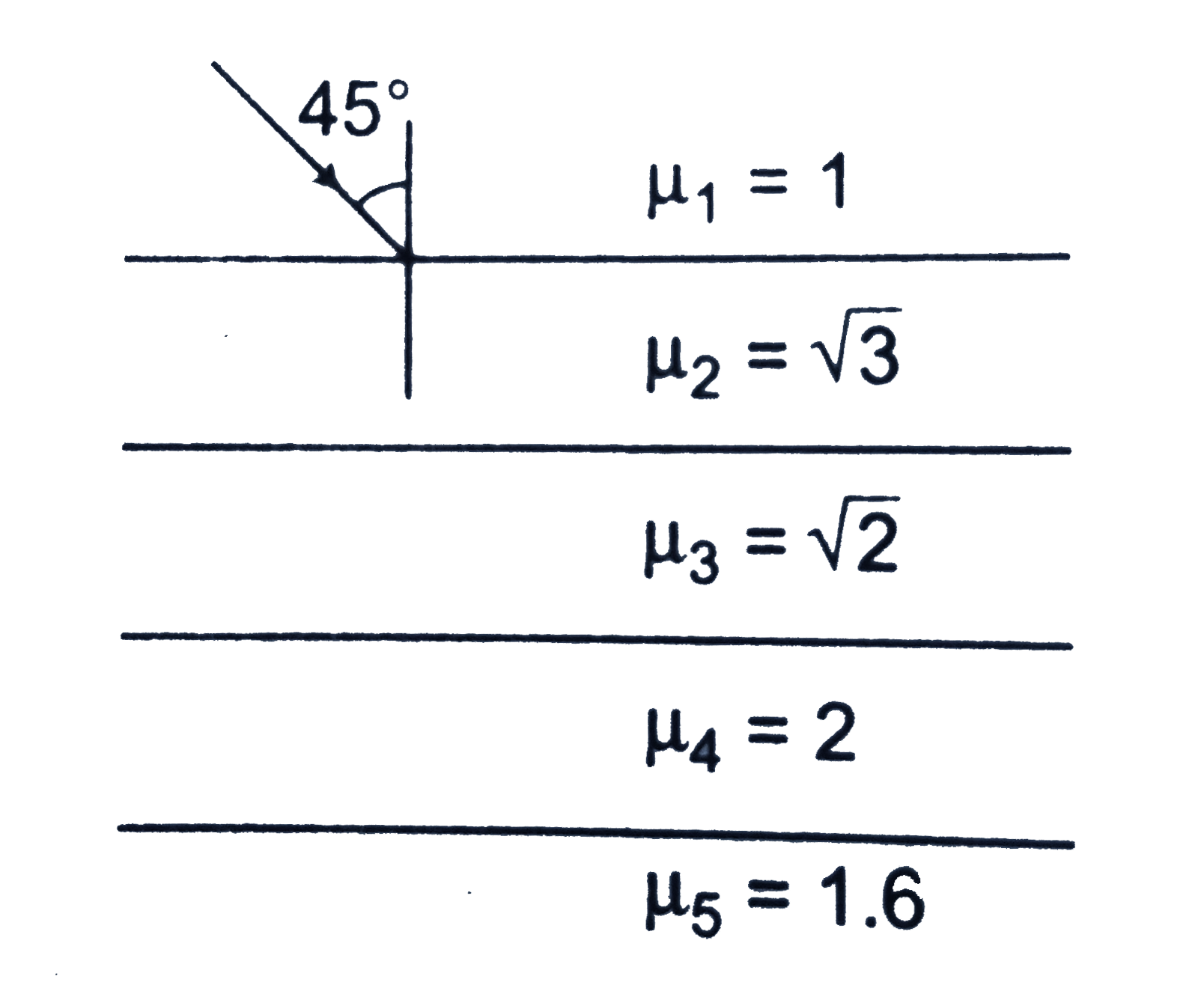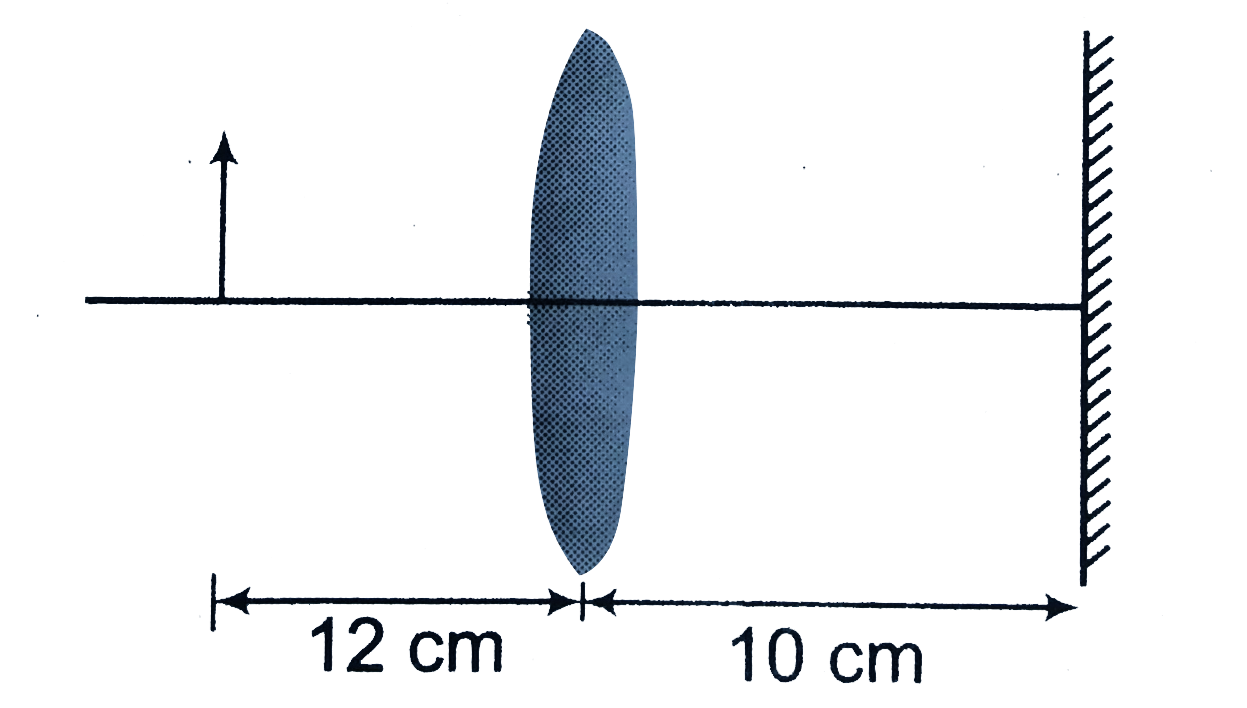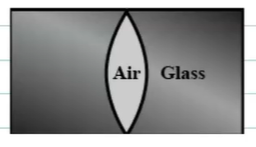Complete Solutions to Level 1 Objective of chapter REFRACTION OF LIGHT of Class 12 book with complete answers and questions
| Class 12 | PHYSICS |
| Chapter | REFRACTION OF LIGHT |
| DC PANDEY | Level 1 Objective |
| Number Of Questions | 38 |
| Academic Year | 2023-24 |
An endoscope is employed by a physician to view the internal parts of body organ. It is based on the principle of
View SolutionRefractive index mu is given as `mu=A+B/lambda^2,` where A and B are constants and lambda is wavelength, then dimensions of B are same as that of
View SolutionA plane glass slab is placed over various coloured letters. The letter which appears to be raised the least is
View SolutionCritical angle of light passing from glass to air is least for
View SolutionThe power in dioptre of an equi-convex lens with radii of curvature of 10cm and refractive index 1.6 is
View SolutionThe refractive index of water is `4//3.` The speed of light in water is
View SolutionWhite light is incident from under water on the the water-air interface. If the angle of incidence is slowly increased from zero, the emergent beam coming out into the air will turn from
View SolutionWhen light enters from air to water, then its
View SolutionIn the figure shown `sin i/sin r` is equal to

View SolutionIn figure, the reflected ray B makes an angle `90^@` with the ray C. If I,`r_1 and r_2` are the angles of incidence, reflection and refraction, respectively. Then, the critical angle of the medium is

View SolutionA prism of apex angle `A=60^@` has the refractive index `mu=sqrt2.` The angle of incidence for minimum deviation is
View SolutionA thin equi-convex lens is made of glass of refractive index `1.5` and its length is `0.2 m.` If it acts as a concave lens of `0.5 m` focal length when dipped in a liquid, the refractive index of the liquid is
View SolutionA ray of light, travelling in a medium of refractive index mu, is incident at an angle i on a composite transparent plate consisting of three plates of refractive indices `mu_1,mu_2 and mu_3.` The ray emerges from the composite plate into a medium of refractive index `mu_4,` at angle x. Then,
View SolutionThe given equi-convex lens is broken into four parts and rearranged as shown. If the initial focal length is f, then after rearrangement the equivalent focal length is

View SolutionA thin convergent glass lens `(mu_g=1.5)` has a power of `+5.0D.` When this lens is immersed in a liquid of refractive index `mu_1,` it acts as a divergent lens of focal length `100 cm.` The value of `mu_1` is
View SolutionTwo convex lenses of focal length `10 cm` and `20 cm` respectively placed coaxially and are separated by some distance d. The whole system behaves like a concave lens. One of the possible value of d is
View SolutionA prism can have a maximum refracting angle of `(theta_C=`critical angle for the material of prism )
View SolutionA ray is ihncident at an angle of incidence ii on one surface of a prism of small angle A and emerge normally from opposite surface. If the refractive index of the material of prism is `mu.` the angel of incidance I is nearly equal to
View SolutionThe refracting angle of a prism is A and refractive index of the material of prism is `cot(A//2)` . The angle of minimum deviation will be
View SolutionA prism of refractive index sqrt2 has refractive angle `60^@.` In the order that a ray suffers minimum deviation it should be incident at an angle of
View SolutionThe focal length of a combination of two lenses is doubled if the separation between them is doubled. If the separation is increased to 4 times, the magnitude of focal length is
View SolutionA convexo-concave convergent lens is made of glass of refractive index 1.5 and focal length `24 cm.` Radius of curvature for one surface is double than that of the other. Then,radii of curvature for the two surfaces are (in cm)
View SolutionAn optical system consists of a thin convex lens of focal length `30 cm` and a plane mirror placed `15 cm` behind the lens. An object is placed `15 cm` in front of the lens. The distance of the final image from the object is
View SolutionIn the figure shown, the angle made by the light ray with the normal in the medium of refractive index `sqrt2` is

View SolutionFor refraction through a small angled prism, the angle of minimum deviation
View SolutionA ray of light passes from vaccum into a medium of refractive index n. If the angle of incidence is twice the angle of refraction, then the angle of incidence is
View SolutionA thin convex lens of focal length `30 cm` is placed in front of a plane mirror. An object is placed at a distance x from the lens (not in between lens and mirror ) so that its final image coincides with itself. Then, the value of x is
View SolutionOne side of a glass slab is silvered as shown in the figure. A ray of light is incident on the other side at angle of incidence `45^@.` Refractive index of glass is given as `sqrt2`. The deflection suffered by the ray when it comes out of the slab is

View SolutionA prism has refractive index `sqrt((3)/(2))` and refractive angle `90^@`. Find the minimum deviation produced by prism
View SolutionIn figure, an air lens of radius of curvature of each surface equal to `10 cm` is cut into a cylinder of glass of refractive index `1.5.` The focal length and the nature of lens are
View SolutionA point object is placed at a distance of `12 cm` from a convex lens of focal length `10 cm.` On the other side of the lens, a convex mirror is placed at a distance of `10 cm` from the lens such that the image formed by the combination coincides with the object itself. The focal length of the convex mirror is
View SolutionAn object, a convex lens of focal length `20 cm` and a plane mirror are arranged as shown in the figure. How far behind the mirror is the second image formed?

View SolutionThe prism shown in figure has a refractive index of `1.60` and the angles A are `30^@.` Two light rays P and Q are parallel as they enter the prism. What is the angle between them after they emerge? `[sin^-1(0.8)=53^@]`

View SolutionA prism having refractive index `sqrt2` and refractive angle `30^@` has one of the refractive surfaces polished. A beam of light incident on the other surfaces will trace its path if the angle of incidence is
View SolutionThe image for the converging beam after refraction through the curved surface is formed at

View SolutionA concavo-convex lens is made of glass of refractive index `1.5.` The radii of curvature of its two surfaces are `30 cm` and `50 cm.` Its focal length when placed in a liquid of refractive index `1.4` is
View SolutionFrom the figure shown, establish a relation between `mu_1,mu_2,and mu_3`

View SolutionWhen light of wavelength `lambda` on an equilateral prism, kept on its minimum deviation position, it is found that the angle of deviation equals the angle the angle of the prism itself. The refractive index of the material of the prism for the wavelength `lambda` is
View Solution
Level 1 Objective questions and complete solutions for chapter REFRACTION OF LIGHT of DC PANDEY PHYSICS (HINGLISH) of Class 12
All Exercises from DC PANDEY Class 12 PHYSICS REFRACTION OF LIGHT
- Example
- Example Type 10
- Example Type 11
- Exercise 31.1
- Exercise 31.2
- Exercise 31.4
- Exercise 31.5
- Exercise 31.6
- Exercise 31.7
- Exercise 31.8
- Introductory exercise
- Level 1 Assertion And Reason
- Level 1 Objective
- Level 1 Subjective
- Level 2 Comprehension Based
- Level 2 More Than One Correct
- Level 2 Single Correct
- Level 2 Subjective
- more than one correct option
- Objective Questions
- Single Correct Option
- Solved Example
- Subjective Questions
